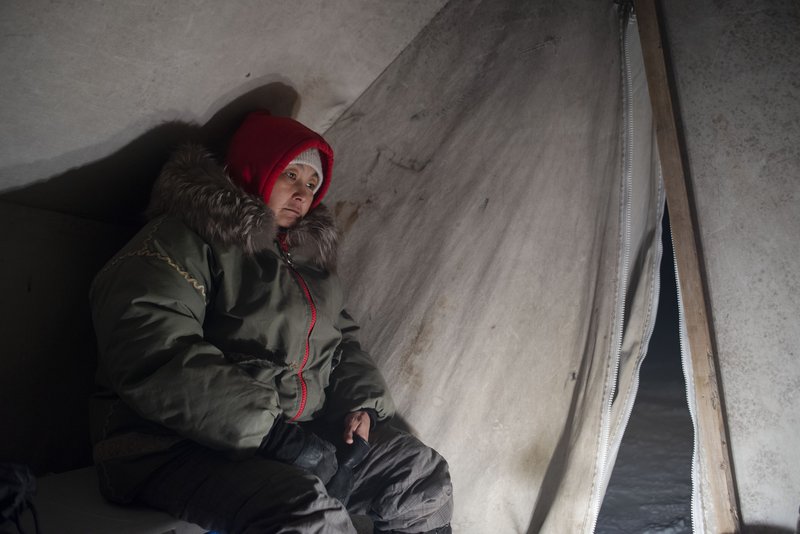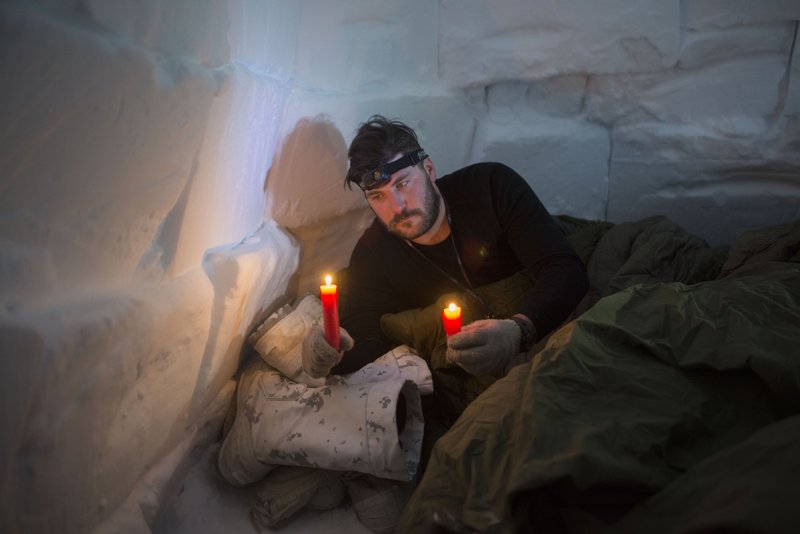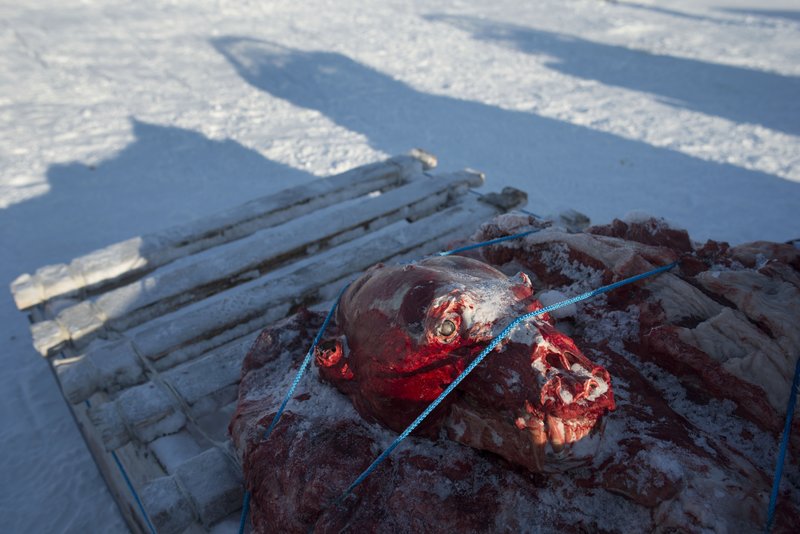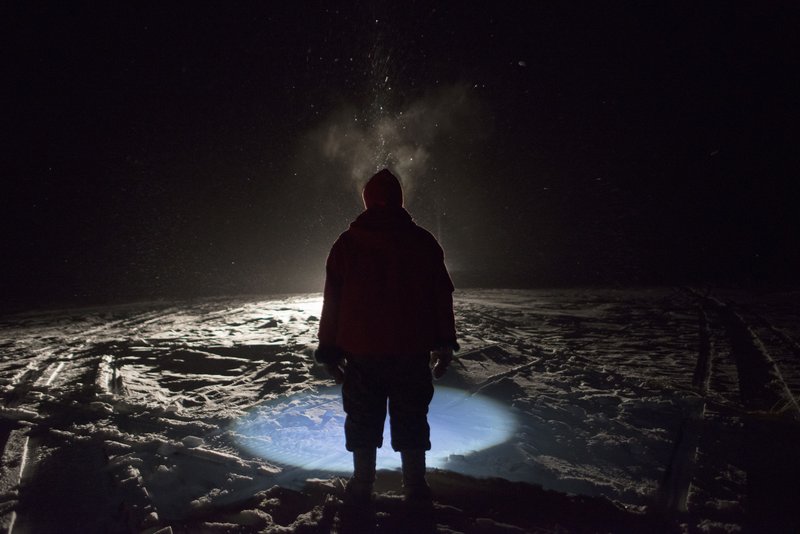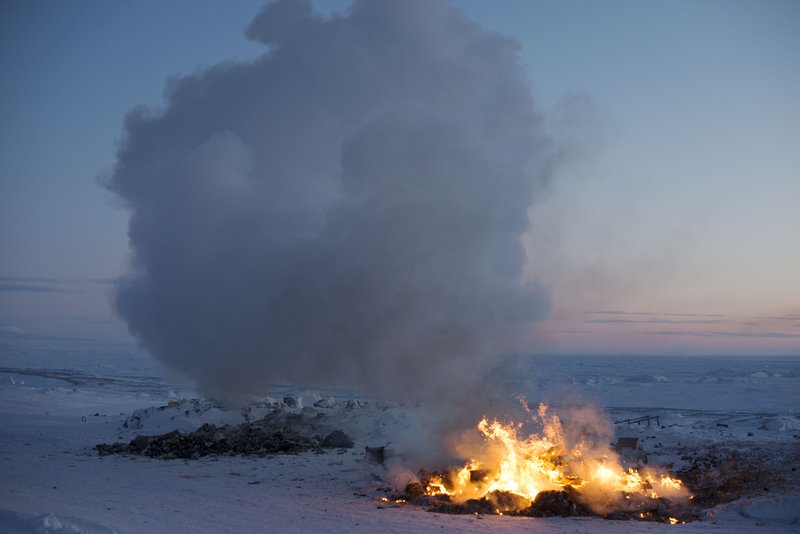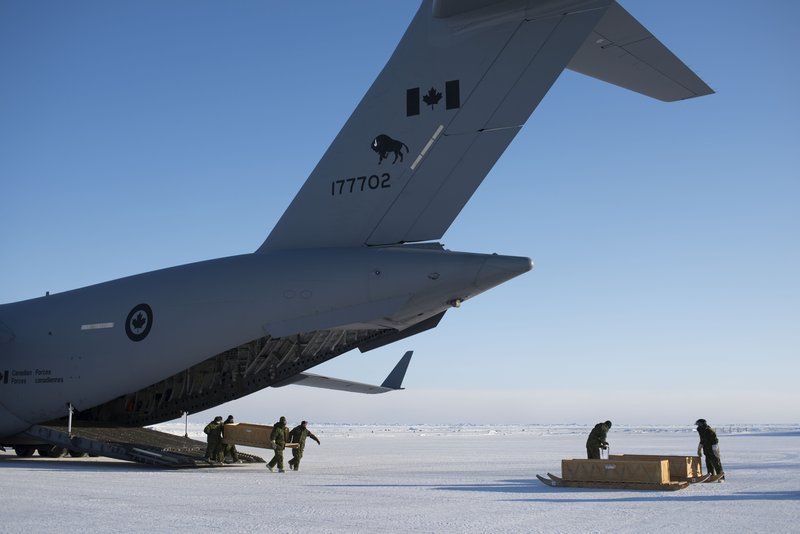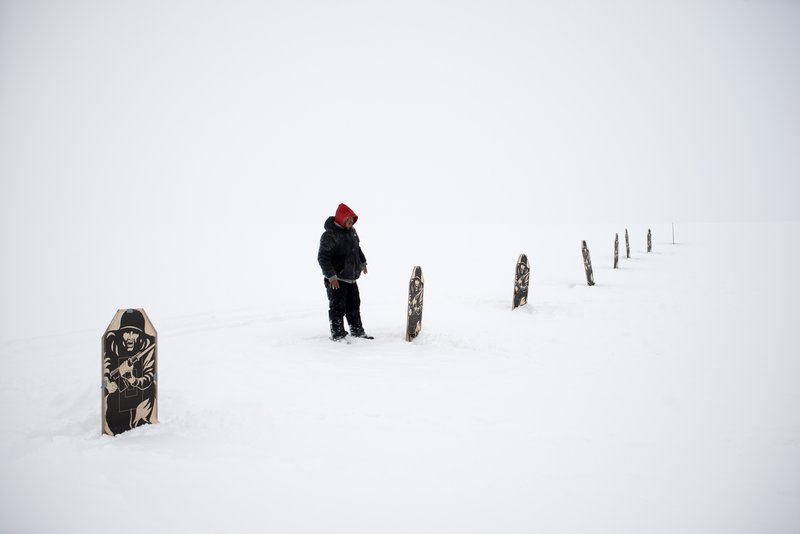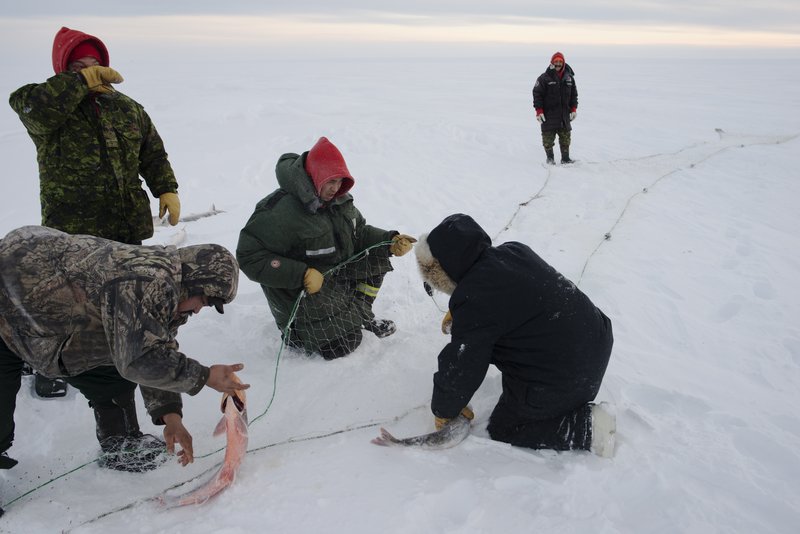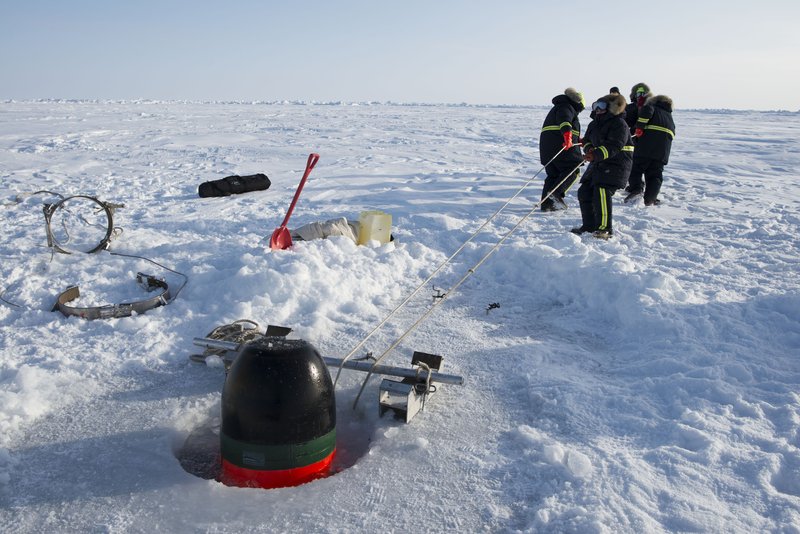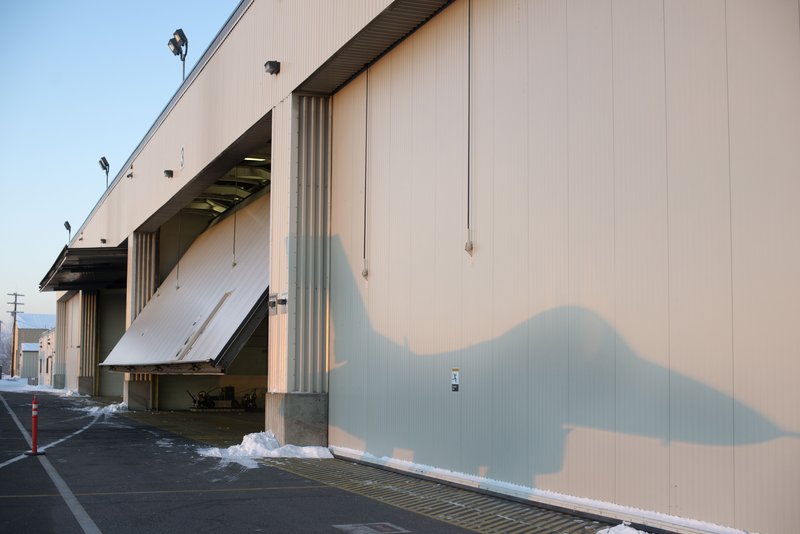First: Distant Early Warning
This Premier category recognizes a photographer’s long-term story, project, or essay that focuses on the human condition and portrays a sense of justice or insight into difficult problems. This may include a facet of human relations, a mutual concern for world conflict, social injustice, or any number of other topics. The project may include a few portraits; however, the portraits should not comprise a majority of images within the project.
Distant Early Warning
The project Distant Early Warning is a ground view of the escalating state of the militarization in the Arctic. The changes in the region are exacerbated by the many pressures the Arctic faces mostly from climate change, the escalating issue of land claims, and fracturing of the geopolitical order in the Arctic due to the Russian invasion of Ukraine. Russia has made a land and seabed claim including the North Pole based on their idea of a continental shelf as an extension of mainland Russia, giving Russia control of up to half of the Arctic Ocean. The narrative around the militarization of the Polar region was originally driven by the imagined idea that once the ice melts due to climate change, natural resources like oil and new ice-free shipping routes would become part of a new northern economy. The result would be that many countries that desire new economic opportunities would stake claims on this final geographic frontier. One of the earliest moments of military activity in the Arctic began with the Vikings, later followed by the Second World War when Finland was attacked and had land permanently annexed by the Soviet Union. In the 1950’s, fearing a nuclear attack over the Arctic from Russia the United States and Canada built the Distant Early Warning Line, a radar system, which for nearly 70-years has been in continuous operation. The Arctic region has always been one of the most difficult regions to access and Russia allows no media access to military operations. However, over the course of eight-years I was able to document military activity in the Polar regions of Canada, Finland, Greenland, Norway, Sweden, and the United States, all of whom share a border or are adjacent to Russia. Some of the areas I documented were uninhabited or are rarely seen military facilities and strives to provide some clues to how the militarization of the region is altering indigenous cultures, peace in the northern hemisphere, reigniting old conflicts, and increasing the use of nuclear submarines. This project is only a partial picture of the growing tensions in the Arctic that has fractured collaboration in one of the most fragile and rapidly changing environments on the planet and leading to possible unprecedented catastrophic results.



